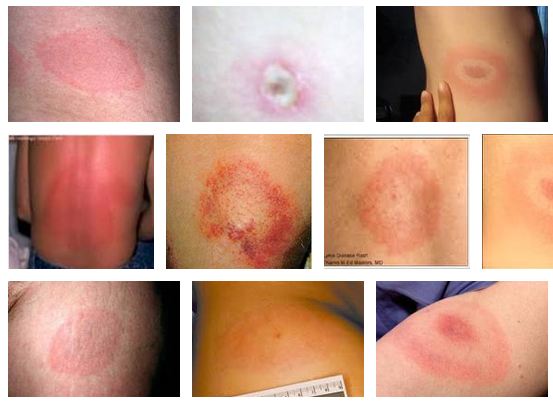| Lyme disease infection occurs through the bite of an infected blacklegged tick (also known as a deer tick). These ticks acquire the bacteria, *Borrelia burgdorferi*, by feeding on infected animals like mice, deer, and squirrels. The bacteria then transmits to humans during a tick's prolonged blood meal, typically lasting 36-48 hours or more. Not all tick bites transmit Lyme disease; transmission requires sufficient time for the bacteria to move from the tick's gut into the human's bloodstream. 
Lyme disease is a bacterial infection transmitted to humans through the bite of infected blacklegged ticks. The bacteria responsible are *Borrelia burgdorferi* and, in some regions, *Borrelia mayonii*. Here's a breakdown of key aspects:
Transmission: - Tick Bite: Infection occurs when an infected tick embeds itself in the skin and feeds for at least 36-48 hours. The longer the tick is attached, the greater the risk of transmission.
- Geographic Distribution: Lyme disease is prevalent in many parts of the world, but particularly in North America, Europe, and Asia. Specific areas with higher tick populations have a higher incidence of the disease.
The symptoms of Lyme disease vary depending on the stage of infection:- Early Localized Stage (Days to weeks after bite):
- Erythema migrans (EM) rash: A characteristic bull's-eye rash, though not all patients develop this. It's typically red, expanding, and often has a central clearing.
- Flu-like symptoms: Fever, chills, fatigue, headache, muscle and joint aches, and swollen lymph nodes.
- Early Disseminated Stage (Weeks to months after bite):
- Neurological symptoms: Meningitis, facial palsy (Bell's palsy), nerve pain.
- Cardiac symptoms: Irregular heartbeat, palpitations.
- Joint pain: Arthritis, particularly in the knees.
- Late Disseminated Stage (Months to years after bite):
- Chronic arthritis: Persistent joint pain and swelling.
- Neurological symptoms: Encephalopathy (brain inflammation), peripheral neuropathy.
- Cardiac problems: Continued heart problems.
Diagnosis can be challenging as symptoms can mimic other illnesses. Methods include:- History and physical exam: Including questioning about tick bites and evaluating for characteristic symptoms.
- Serological tests (blood tests): These tests detect antibodies to *Borrelia burgdorferi*. However, they can be negative in early infection, so multiple tests may be necessary.
- Polymerase chain reaction (PCR) test: A molecular test that can detect the bacteria's DNA in bodily fluids, such as cerebrospinal fluid (for neurological involvement).
Early treatment with antibiotics is crucial to prevent long-term complications.Commonly used antibiotics include doxycycline, amoxicillin, and cefuroxime axetil. The duration of treatment depends on the severity and stage of infection.
Prevention: - Tick bite prevention: Wear long sleeves and pants when in tick-infested areas, use insect repellent containing DEET, and check for ticks after being outdoors.
- Tick removal: Remove ticks promptly using tweezers, grasping the tick close to the skin's surface.
Important Note: This information is for general knowledge and does not constitute medical advice. If you suspect you have Lyme disease, it's crucial to consult a doctor for proper diagnosis and treatment. Early diagnosis and treatment are vital to prevent long-term complications.
Tags: Blood meal Chronic Atrophic Gastritis Lyme Disease Spirochete bacteria  
|  1,256
1,256  0
0  0
0  3224
3224 